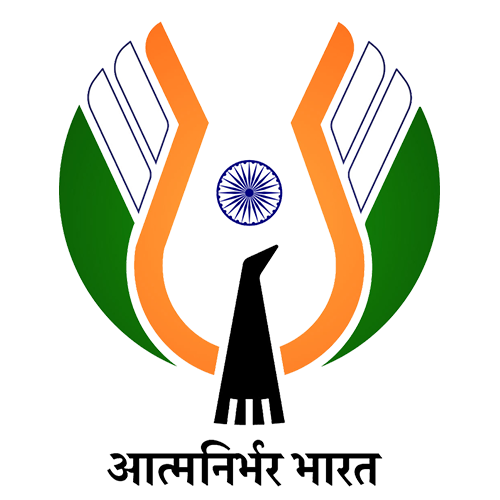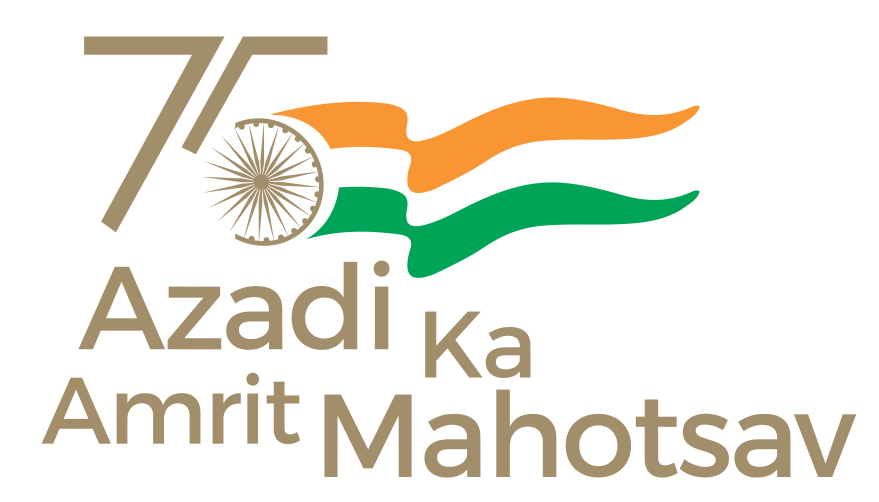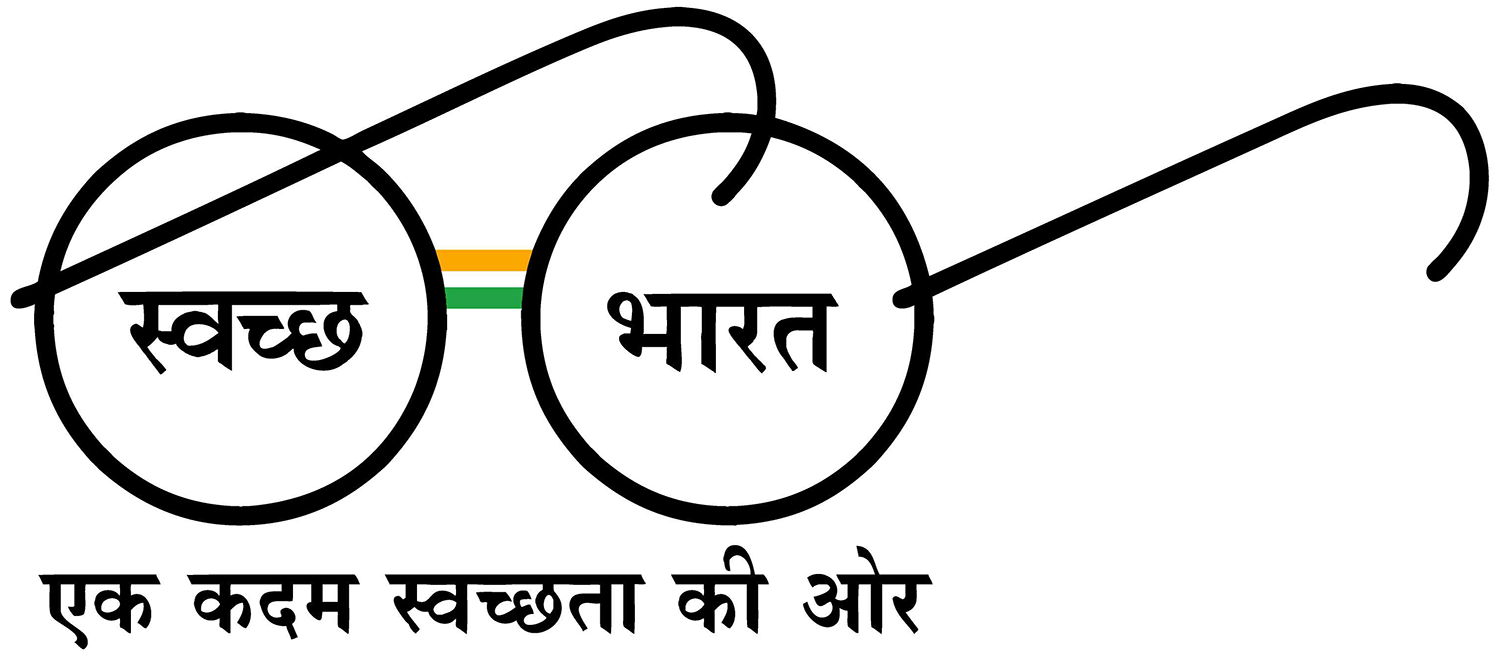Metrorail Systems
Gati
Green and Accessible
Transport in India
Urban Mobility Dashbord
Rail based high capacity (Peak Hour Peak Direction Traffic or PHPDT) public transport systems are best suited for large cities and the first metro rail system in India started its operations on 24th October, 1984 in Kolkata. The national capital city of Delhi was the first to acquire a modern 25 kV metro system, commissioned on 25th December, 2002 and progressively connected satellite cities of Noida, Gurugram, Ghaziabad and Faridabad. The system is operated by Delhi Metro Rail Corporation (DMRC) as a network of 12 lines with an aggregate length of 391 km (https://www.delhimetrorail.com/). This was followed by other mega and mid-size and metro systems are now operational in 20 cities including prominent cities like Bengaluru, Chennai, Kolkata, Mumbai, Kochi, Lucknow, and Hyderabad.
The first few metro-rail networks in India adopted the 1676 mm broad gauge system as predominant on Indian railways. States were later given freedom to adopt a gauge considered suitable based on a techno-economic analysis. As metro-rail systems became popular, many smaller cities with lower ridership also adopted standards based on initial successes in Delhi. Therefore, to fulfil smaller cities aspirations, specifications and standards of Light Urban Rail Transit System, termed “Metrolite”, were issued by MoHUA. For even lower traffic intensity networks, standard specifications for rubber-tired cars powered from over-head electrical lines, named as Metro-Neo were formulated.



